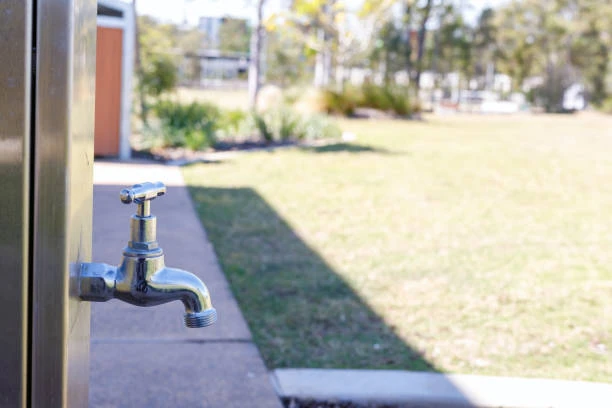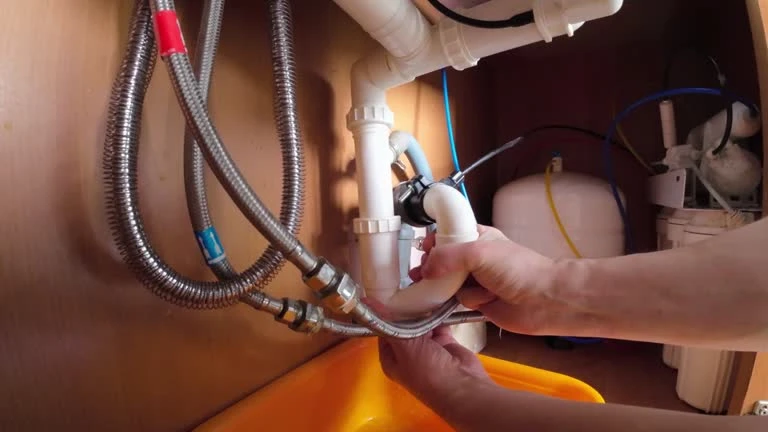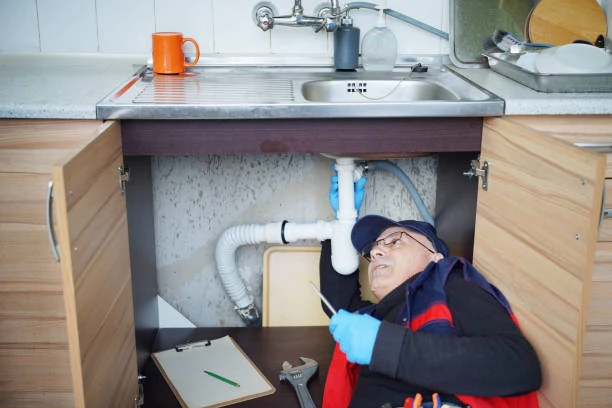Introduction to Ball Valves in Pipeline Engineering
Ball valves are essential in pipeline engineering for controlling the flow of liquids and gases. Their reliability and ease of use make them ideal for various applications. A 6-inch ball valve is commonly used in large-scale pipeline systems due to its ability to handle substantial flow rates. The primary function of these valves is to regulate fluid flow with precision, ensuring that pipelines operate efficiently and safely. In this article, we explore how the optimization of ball valves, specifically the 6-inch ball valve, contributes to the overall effectiveness of pipeline engineering.
Importance of Flow Control in Pipeline Systems
In pipeline systems, accurate flow control is crucial for maintaining operational efficiency. Proper regulation of fluid flow ensures that pressure remains constant and prevents damage to the system. The 6-inch ball valve is ideal for applications where large volumes of fluid need to be controlled. These valves offer a quick and reliable method of stopping or regulating flow. A ball valve’s quarter-turn operation allows for fast adjustments, which is essential in high-demand pipeline systems. By optimizing the valve size and design, engineers can ensure consistent and safe flow regulation.
Choosing the Right Ball Valve Size for Optimization
Choosing the correct valve size is key to optimizing pipeline performance. A 6-inch ball valve is suitable for systems with larger flow rates, as it can handle higher volumes of fluid without compromising the flow. Selecting an oversized or undersized valve can result in unnecessary pressure drops, energy loss, or even system failure. The 6-inch ball valve strikes a balance between cost-effectiveness and performance for most medium to large-scale pipeline applications. It’s essential to account for the flow rate, pressure, and system design when choosing the right valve size for optimization.
Material Selection and Durability
The material used for a 6-inch ball valve plays a significant role in its durability and performance. Stainless steel, brass, and carbon steel are common materials for ball valves. For high-pressure and corrosive environments, stainless steel is often the preferred choice due to its strength and resistance to corrosion. Brass may be used in applications where corrosion is less of a concern, and carbon steel offers a cost-effective option for less demanding applications. The selection of the material directly affects the valve’s service life, reliability, and resistance to wear, making material choice an essential factor in optimization.
Maintenance and Longevity of 6-Inch Ball Valves
Regular maintenance ensures the longevity and reliability of a 6-inch ball valve. Frequent inspections help identify potential issues such as leaks, corrosion, or wear on moving parts. The valve should be cleaned regularly to prevent the build-up of debris that could impede smooth operation. Lubricating the valve’s moving parts can also prevent friction and prolong its life. Furthermore, operators should replace seals and other components that may wear out over time to maintain optimal performance. Proper maintenance practices are crucial to minimizing downtime and ensuring that the valve operates efficiently for an extended period.
Impact of Valve Design on Pipeline Efficiency
The design of a 6-inch ball valve has a direct impact on pipeline efficiency. A well-designed ball valve minimizes pressure loss and flow turbulence, which contributes to maintaining a stable pipeline system. For example, valves with a full-port design allow the maximum flow rate with minimal resistance. A 6-inch ball valve with a streamlined design ensures that the fluid flows smoothly through the system, reducing energy costs and improving overall efficiency. Engineers can optimize the design of these valves to maximize performance and minimize the operational costs of pipeline systems.
Testing and Quality Control for Ball Valve Optimization
Testing and quality control are essential steps in ensuring the proper functioning of a 6-inch ball valve in pipeline systems. Pressure tests, leak tests, and cycle tests should be conducted to verify the valve’s performance under different conditions. For example, pressure tests assess the valve’s ability to withstand extreme pressure without failing, while cycle tests ensure that the valve can open and close repeatedly without significant wear. Quality control measures during production also help ensure that the valves meet industry standards. Proper testing and quality assurance are necessary to optimize ball valve performance and ensure that they can operate reliably in demanding pipeline environments.
Cost Considerations and Optimization Benefits
Although larger valves like the 6-inch ball valve come with a higher initial cost, their long-term benefits justify the investment. By selecting the right valve size and material, engineers can optimize the performance of the entire pipeline system. Optimizing ball valve operation leads to better energy efficiency, fewer maintenance requirements, and longer service life, which all contribute to cost savings in the long run. The ability to prevent system failures and downtime further reduces operational costs. A well-optimized valve system leads to greater reliability and efficiency, ultimately improving the overall cost-effectiveness of the pipeline operation.
Conclusion: Optimizing Ball Valves for Better Pipeline Performance
The optimization of ball valves, especially the 6-inch ball valve, is crucial for ensuring the efficiency and reliability of pipeline systems. From material selection to valve design, every aspect must be carefully considered to achieve optimal performance. Proper sizing, regular maintenance, and effective quality control all contribute to extending the valve’s lifespan and ensuring its functionality. With the right optimization practices, pipeline systems can operate smoothly, with minimal downtime and reduced operational costs. By investing in high-performance valves and focusing on optimization, engineers can create more efficient, reliable, and cost-effective pipeline systems.
IFAN Products international standards
IFAN products strictly adhere to a comprehensive range of international standards, encompassing ISO 15874, EN 15874, ASTM F2389, DIN 8077/8078, GB/T 18742, NBR 15884, ISO 15494, EN ISO 15494, GB/T 19472, NBR 15494, ASTM 2846 (501), DIN 8079/8080 (502), ASTM F441/F441M SCH80 (503), DIN (504), DIN (505), GB/T 18993, AS/NZS 1477, CSA B137.6, NSF/ANSI 14, TIS 17-2532/1131-2535, BS 3505, BS 4346 (801), ASTM D1785 SCH40 (802), ASTM D1785 SCH80 (803), DIN (804), GB (805), GB (806), GB(901), DWV(902), ASTM D2665 (903), along with ASTM D2241, D2665, D2729, and F441/F441M series, ISO 1452, EN ISO 1452, DIN 8061/8062, GB/T 10002, AS/NZS 1477, JIS K6741, CSA B137.3, and other national and industry norms.
Connect
IFAN is a Chinese manufacturer of plastic pipes, fittings and valves with 30 years of experience. If you are interest in IFAN copper fittings, copper valves, plastic pipes and fittings, please contact us. IFAN offers you a variety of standard pipes to meet your specific needs. Click below to learn more about IFAN’s wide range of affordable and cost-effective valve products and piping system related products.
We will reply your email or fax within 24 hours.
You can call us at any time if there is any question on our production.
For more information,pls visit our webside https://waterpipefitting.com/
Pls Mailto: [email protected]
Whatsapp: +86 15088288323














Recent Comments